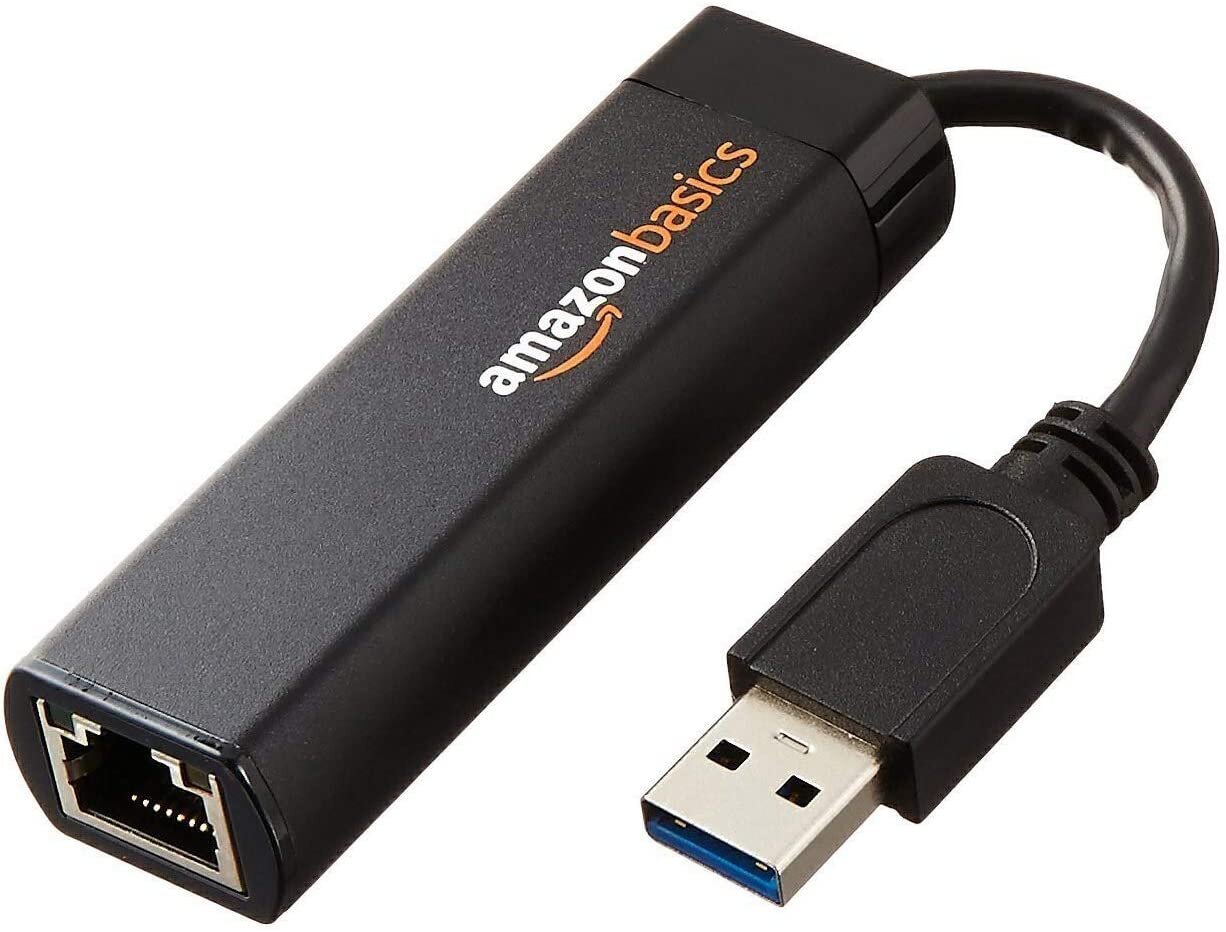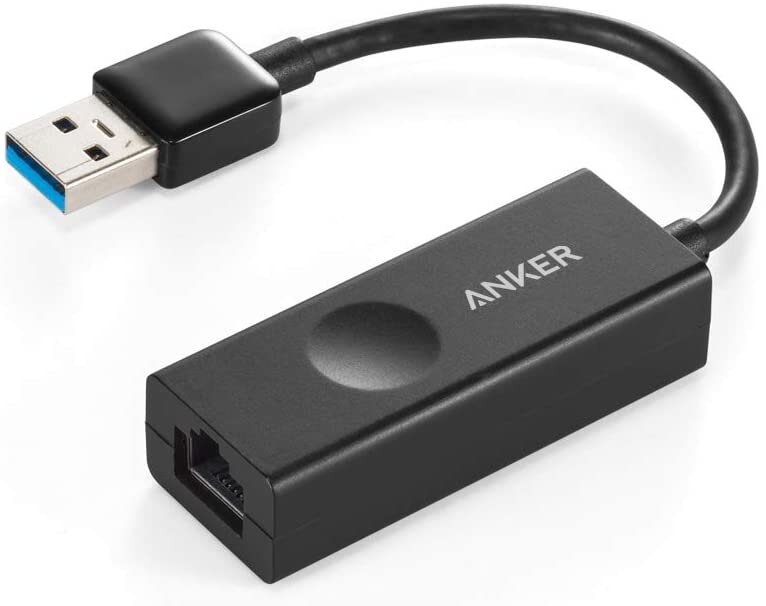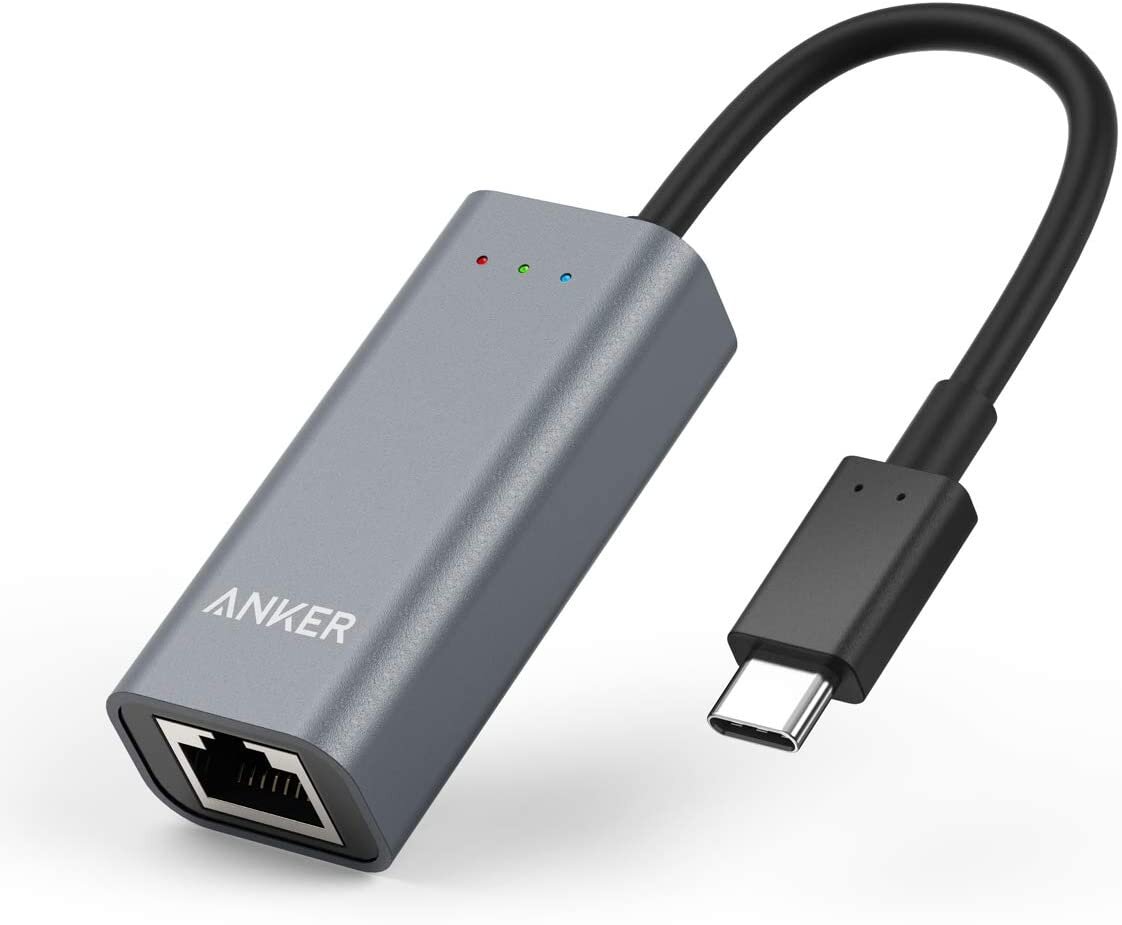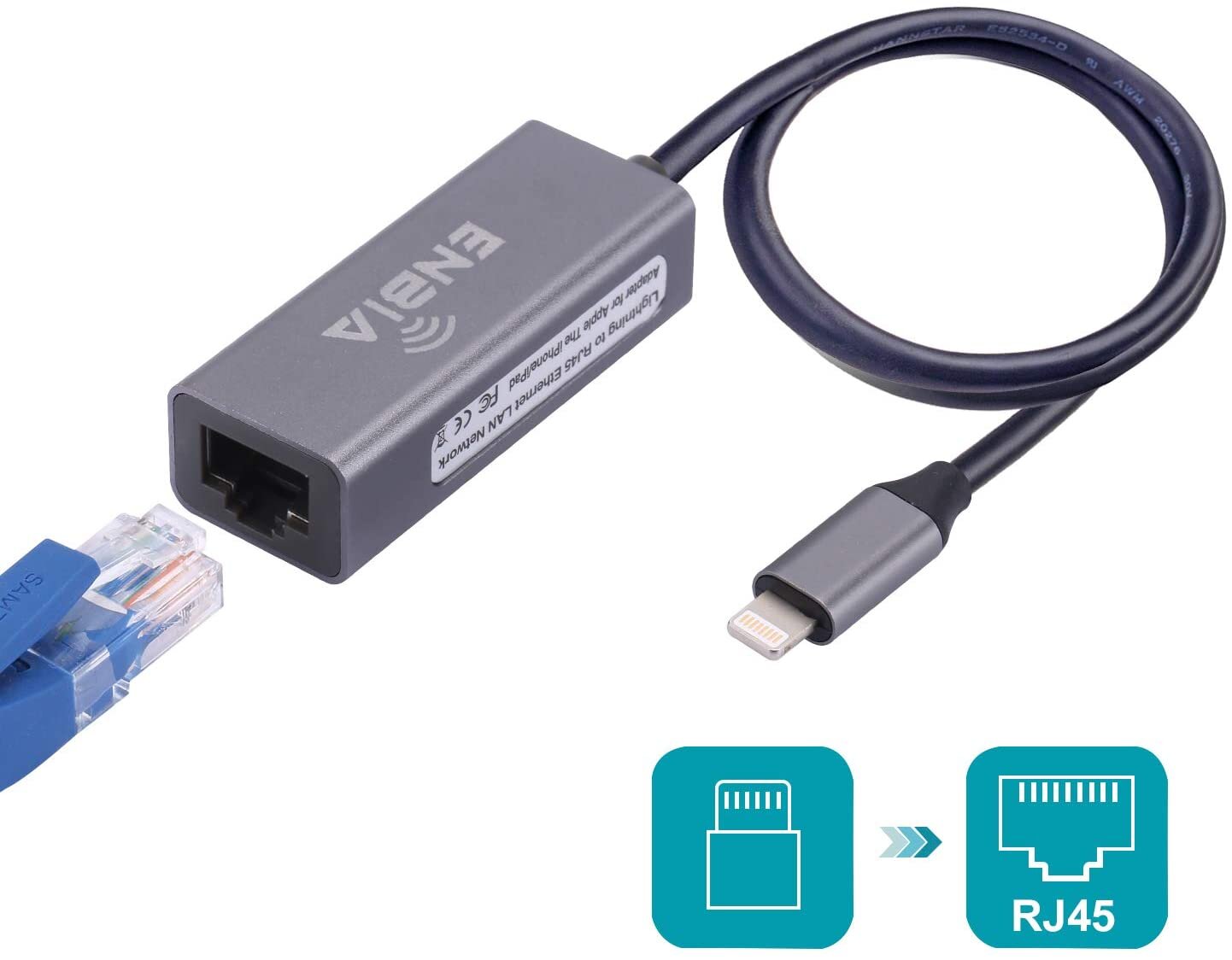TECH Talks with Michael
Technology Recommendations for Clarinet M@estro
June 9th, 2020
In this new remote learning world that we are living and operating in, having reliable equipment that facilitates and allows for the most optimal learning experience is imperative. There are three technological factors that are important in the musician’s remote learning process: internet connection, video quality and audio quality. From our experiences as teachers during this pandemic, the two most important are the ability to get decent audio quality and having a stable internet connection. Most students and teachers are using the cameras in their phones or the built-in cameras on their laptops and while those aren’t always the highest picture quality, they are often good enough for online teaching.
Internet Connection
There are many factors that affect the quality/speed of your internet connection. To achieve the best possible connection we recommended that you use a device capable of connecting via Ethernet cable rather than over Wi-fi. Some of the newer tablets/iPads can also connect with an Ethernet cable via an adapter, however we feel that a laptop will probably give you the best performance as it will have ports to connect a USB microphone as well. Many laptops nowadays have eliminated the Ethernet port on their newer models, so for Mac/PC these are some of our recommendations:
From Left to Right or on mobile top to bottom:
1) Apple Thunderbolt to Ethernet adapter (older model Lightning ports not USB-C/Thunderbolt 3) Thunderbolt to Gigabit Ethernet Adapter - $29.99
2) USB 3.0 to Ethernet adapter (many options, USB 3.0 is backwards compatible with USB 2.0) Amazon Basics model - $17.49
3) Anker Model Anker model - $16.99
4) USB-C/Apple Thunderbolt 3 to Ethernet adapter Anker model - $19.99 (can also be used with the 2018/2019 iPad Pro and other USB-C tablets/Chrome books)
5) Apple Lightning Port to Ethernet adapter ENBIA model - $20.99
If there is absolutely no way for you to get a wired connection and you are using Wi-fi, try to make sure you can be positioned as close to the router as possible and also make sure that the least number of people in your home are utilizing the network. For example, if you are trying to have a video lesson and two other people are streaming Netflix and YouTube, unless you have enough bandwidth to support that you may have some performance issues transmitting both audio and video during your lesson.
Audio Quality
While the built in microphones in phones and computers are extremely reliable based on your experiences from phone conversations and even video chats, these microphones and the software controlling them are mainly designed and optimized for spoken conversations with a generally limited dynamic range. The clarinet and any musical instrument has a much larger range of dynamics as well as having a wider spectrum of frequencies being output at any given time. To get the best possible remote learning music experience it is highly recommended that you invest in an external microphone that allows you to control the input levels in addition to just having more accurate and clear audio quality. Once you own an external microphone, it can also become a valuable practice tool for recording yourself, in addition to producing better sounding social media content if that’s your thing. Here are five recommendations for external microphones that might best serve your purposes and some of our thoughts on each.
Fifine USB Microphone - $45.99
One of the cheaper options out there, but we feel it is highly functional and worth the value. While it may not have the greatest sound out of the microphones on this list, it allows you to adjust the input gain and has a USB cable of decent length to allow you to position the microphone in the best possible place to pick up the best sound. As with all of these online lessons, our goal for buying extra technology is to allow us to transmit the most accurate representation of our sound and dynamics. While this is difficult because all of the video programs compress the audio on some level, the Fifine USB microphone is a worthy investment into gaining a little bit more control over your audio and getting more out of your online lessons as a result.
AudioTechnica AT2020USB+ - $149.00
The AT2020 USB+ is a cardioid condenser microphone that is a USB version of the AT2020, which is one of Audio Technica’s well known professional microphones. Besides bringing the legendary quality of Audio Technica, this microphone allows you to monitor the signal through headphones via a headphone jack on the microphone itself so you can hear more clearly what the audio signal sounds like. Yes the price is higher, but this is a higher quality microphone that should offer clearer, more detailed sound than the previous microphone on this list. There is no gain control on the microphone itself, so the input will have to be controlled from your computer. At the time of writing, this microphone is backordered on almost every website that we can think of, including the original manufacturer’s. The link provided is to a package on Amazon that throws in a boom arm that will allow you to elevate the microphone and angle it to your needs for $199.00. The original price of this microphone by itself is $149.00, so please don’t pay more than that for only the microphone if you decide to look into this one.
Beyerdynamic Fox Condenser Microphone (USB-C only) - $129.00 currently
If you have a newer computer that only has USB-C ports on it, this may be the microphone for you. If you don’t have a USB-C port, you will need a USB-C to USB 3.0 adapter to use this with the normal USB ports we are used to. Beyerdynamic is another well known company for audio products and this is their version of a USB microphone. Compared to the previous two microphones on this list, this mic has more features on the front including a mix-knob for monitoring as well as a mute button and headphone jack with volume control.
The mute button will allow you to mute the microphone signal which is a nice feature although platforms like Zoom have controls to mute you from inside their software. Another great plus to this microphone is that it allows you to record at 24bit/96kHz audio quality which is professional level audio quality. While this may not make much of a difference to the audio you stream online, should you choose to use this microphone to help record your practice or to record audio for prescreening videos for colleges or competitions, it will allow you to pick up a much wider dynamic range and clearer, more detailed sound. Video requires the audio to be at a sample rate of 16bit/48kHz so you’d have to use an audio editing program to process the audio down to that rate, but the explanation of that is perhaps best saved for another blog post. But in short, lots of features, professional level recording sample rates, but USB-C and there is no input gain knob on the microphone itself.
Blue Yeti X - $169.99
The Blue Yeti X is known as one of the best microphones for podcasting and streaming today. It simply offers an impressive array of features which just makes it easier to record. It allows you to adjust the input gain on the microphone itself as well as monitor your sound with headphones. Furthermore, there are LED lights that act as a meter so you can see how high your input levels actually are. This microphone records at a 24bit/48kHz sample rate which is higher than the first two microphones on this list, but not quite as high as the Beyerdynamic.
For me, what makes this microphone a great buy for us musicians is the ability to record in stereo. The Yeti X allows for Omni, Cardioid, Bi-directional, and Stereo pickup patterns. While this may not matter entirely that much when streaming our audio over the internet for lessons and masterclasses, this microphone’s ability to record in stereo will serve you extremely well should you use it to record for prescreening videos and maybe your own YouTube channel. Stereo gives a more 3-Dimensional picture of the space that you are in as well as a clear picture as to the depth of your tone which is important for us classical musicians, as the tone and color of our sound is especially important in conveying what we want in the music. A stereo image is much more effective in picking this up than mono. At the time of writing, because of the popularity of this microphone as well as the rush of the pandemic to have USB microphones for video conferencing, this microphone is extremely difficult to find.
Due to the pandemic and the lack of supply of many of the best USB microphones that are on this list, I recently stumbled upon Amazon’s take on the USB microphone. Perhaps this is why Amazon is taking over the world. This microphone essentially has all the same features as the Blue Yeti X, but betters it by allowing recording at 24bit/192kHz sample rates which is studio level quality. I do not have experience with this microphone so I cannot give an opinion on how this microphone sounds or how reliable it is, but it can record in stereo like the Yeti X and has all the same features, is cheaper, and is actually currently available.











